The piezoelectric materials that inhabit everything from our cell phones to musical greeting cards may be getting an upgrade thanks to work discussed in the journal Nature Materials released online Jan 21.



New research from MIT has resulted in a microfluidic device, the tumor analysis platform (TAP), that can simulate different cancer treatments on biopsied tumor tissue. The TAP device can be 3D printed within one hour and is slightly larger than a quarter. Three cylindrical shafts rise from the surface of the device and serve as ports to input and drain fluids, as well as remove air bubbles. Fluid—including various media, fluorescent markers, or lymphocytes—gets injected into an inlet port adjacent to the trap. The fluid enters through the inlet port and flows past the trap.
A new 3D-printed device from MIT researchers allows for the testing of different cancer treatments on live tumor tissue outside the human body.
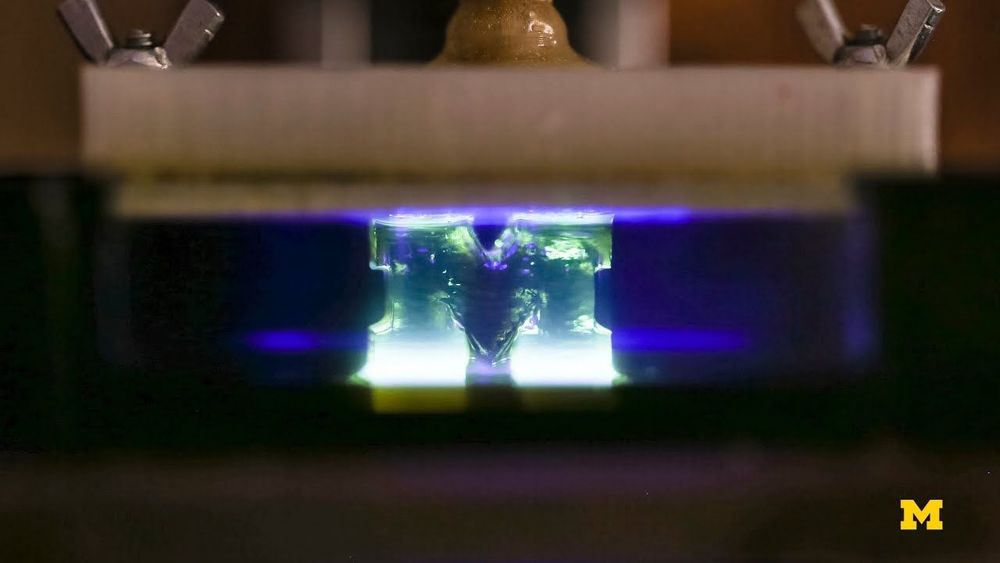
Researchers with the University of Michigan have developed a new 3D printing technology that is capable of printing 100 times faster than normal 3D printers. Unlike traditional 3D printers, which work by applying plastic down as layers, the new technology involves resin that is solidified upward at rapid speeds. The new method is capable of producing complex objects at speeds that traditional printers can’t compete with.

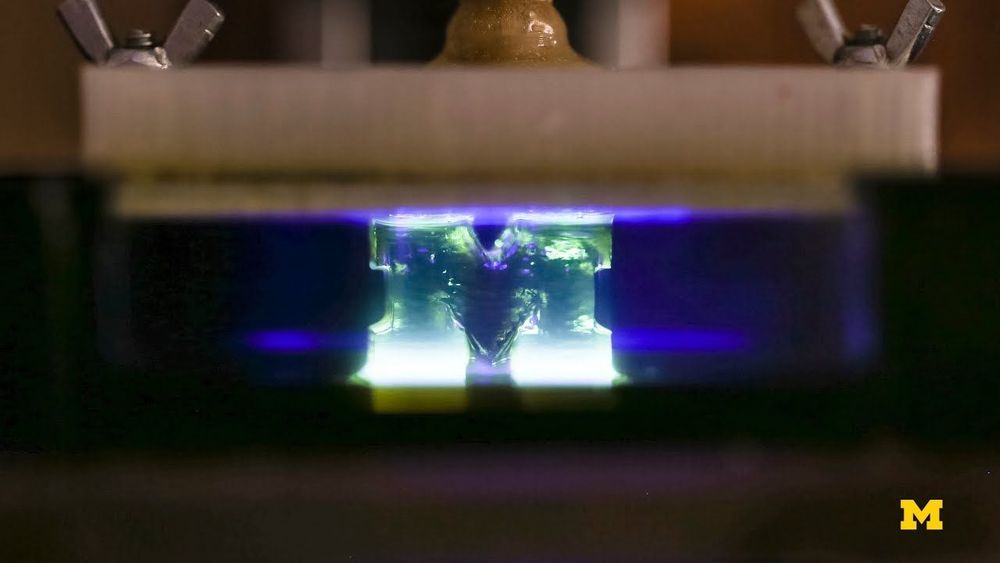
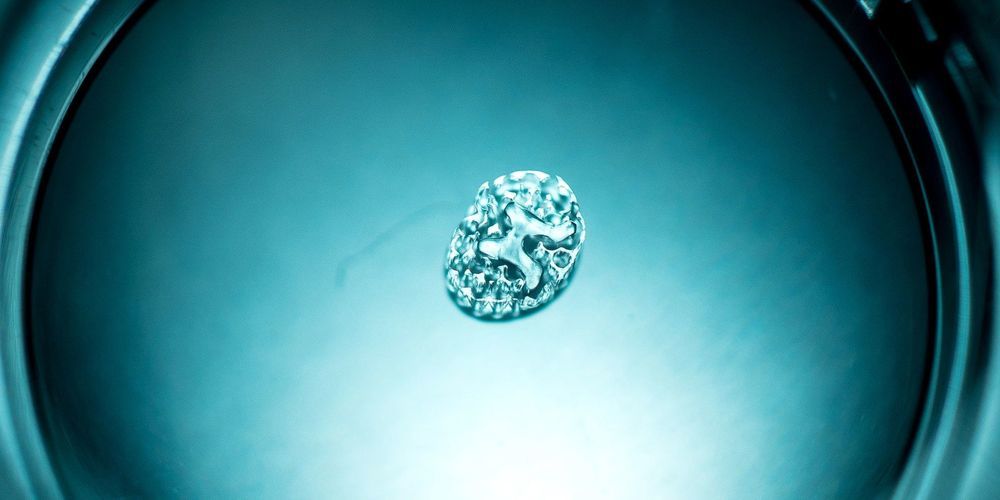
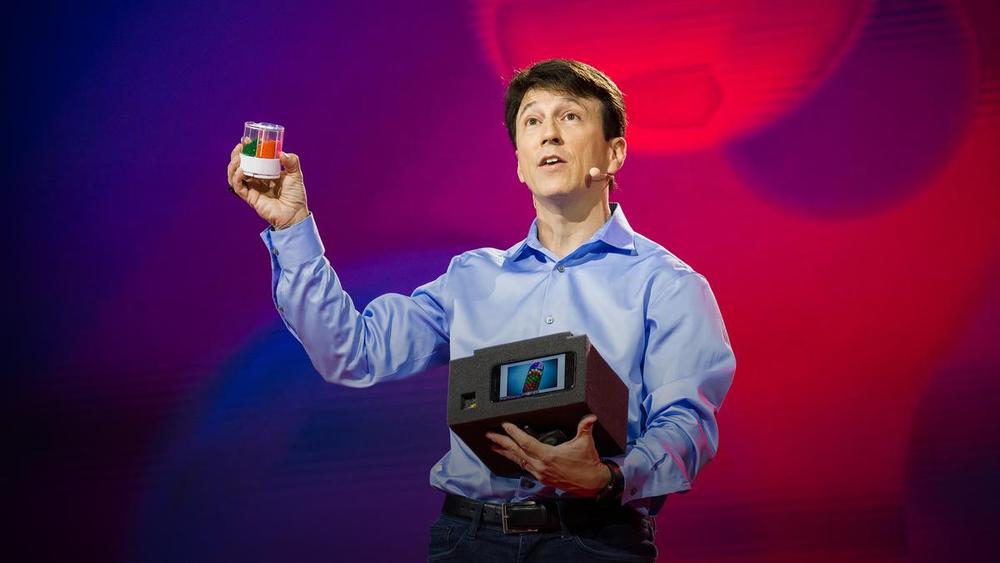
We need to change how we prescribe drugs, says physician Daniel Kraft: too often, medications are dosed incorrectly, cause toxic side effects or just don’t work. In a talk and concept demo, Kraft shares his vision for a future of personalized medication, unveiling a prototype 3D printer that could design pills that adapt to our individual needs.
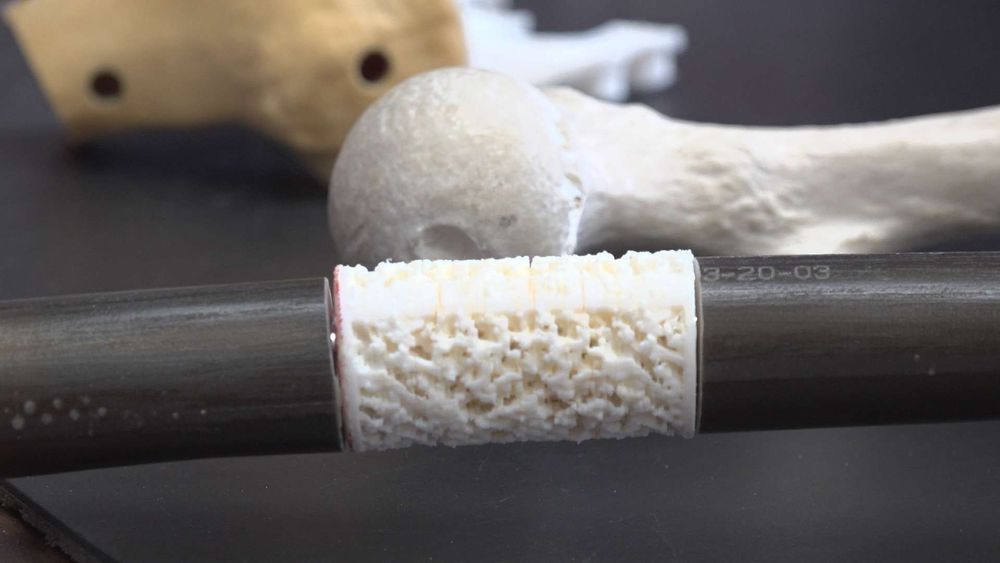
TUCSON, Ariz. – A lab in Arizona is hoping to help wounded veterans – through 3D printing.
Arizona’s Orthopedic Research Lab is hoping to use the technology to help military veterans with bone injuries.
Dr. John Szivek, who runs the University of Arizona Orthopaedic Research Lab, said the lab received a $2 million grant from the Department of Defense to create 3D bone printing to help military personnel.

(Hoboken, N.J. — Nov. 7, 2018) — In their latest feat of engineering, researchers at Stevens Institute of Technology have taken an ordinary white button mushroom from a grocery store and made it bionic, supercharging it with 3D-printed clusters of cyanobacteria that generate electricity and swirls of graphene nanoribbons that can collect the current.
The work, reported in the Nov. 7 issue of Nano Letters, may sound like something straight out of Alice in Wonderland, but the hybrids are part of a broader effort to better improve our understanding of cells biological machinery and how to use those intricate molecular gears and levers to fabricate new technologies and useful systems for defense, healthcare and the environment.
“In this case, our system – this bionic mushroom — produces electricity,” said Manu Mannoor, an assistant professor of mechanical engineering at Stevens. “By integrating cyanobacteria that can produce electricity, with nanoscale materials capable of collecting the current, we were able to better access the unique properties of both, augment them, and create an entirely new functional bionic system.”

As 2018 draws to a close and we start anticipating the developments that will happen in 2019, here’s a look back at our ten most-read articles of the year.
This 3D Printed House Goes Up in a Day for Under $10,000 Vanessa Bates Ramirez | 3/18/18 “ICON and New Story’s vision is one of 3D printed houses acting as a safe, affordable housing alternative for people in need. New Story has already built over 800 homes in Haiti, El Salvador, Bolivia, and Mexico, partnering with the communities they serve to hire local labor and purchase local materials rather than shipping everything in from abroad.”
Machines Teaching Each Other Could Be the Biggest Exponential Trend in AI Aaron Frank | 1/21/18 “Data is the fuel of machine learning, but even for machines, some data is hard to get—it may be risky, slow, rare, or expensive. In those cases, machines can share experiences or create synthetic experiences for each other to augment or replace data. It turns out that this is not a minor effect, it actually is self-amplifying, and therefore exponential.”